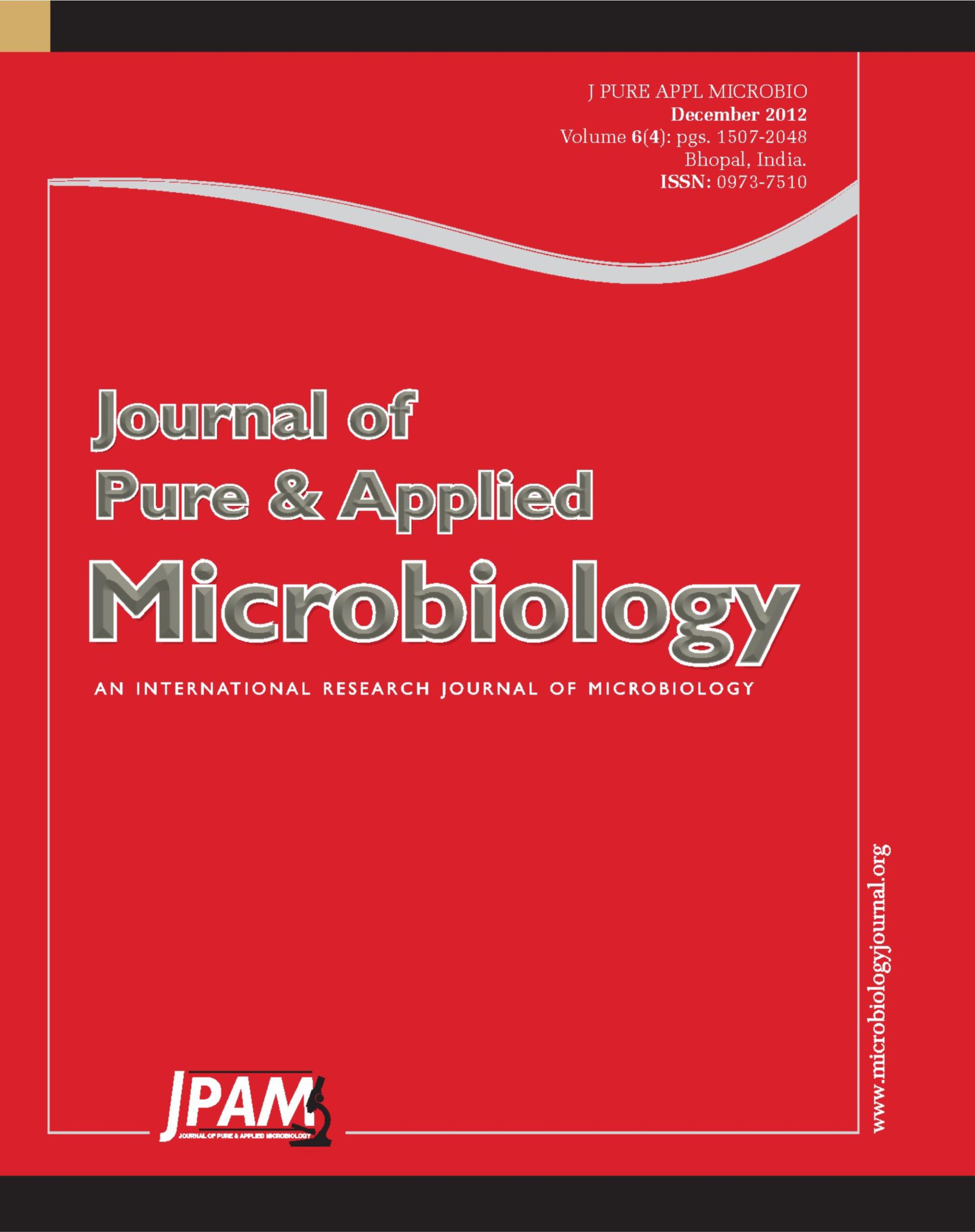A study to determine the prevalence of Staphylococcus aureus and multiple antibiotic – resistant strains of coliforms in rural water supplies in Odukpani Local Government Area of Cross River State, Nigeria was carried out using standard microbiological methods. Samples were collected from different sources including taps, wells and streams at different locations in the LGA between the months of June to October, 201. The results of the analyses revealed that the bacteriological quality of both the treated tap and untreated well and stream water sources failed to meet the maximum permissible standards for drinking water, although significant differences were observed between the different sources, with the stream and well water sources significantly (P<0.05) showing higher bacterial contamination compared to the tap water sources. The isolation of potential bacterial pathogens shows that water from these sources may constitute significant public health hazards, such as water-borne diseases except subjected to treatment. This situation may be complicated by the fact that high percentages of the coliforms isolated from such water sources showed multiple resistance to most of the commonly used antibiotics. Strains recovered from the stream and well water sources were most resistant and showed significantly higher MIC and MBC than those from the tap water.
Prevalence, Staphylococcus aureus, Coliforms, Antibiotic Resistance, Water supplies
© The Author(s) 2012. Open Access. This article is distributed under the terms of the Creative Commons Attribution 4.0 International License which permits unrestricted use, sharing, distribution, and reproduction in any medium, provided you give appropriate credit to the original author(s) and the source, provide a link to the Creative Commons license, and indicate if changes were made.


